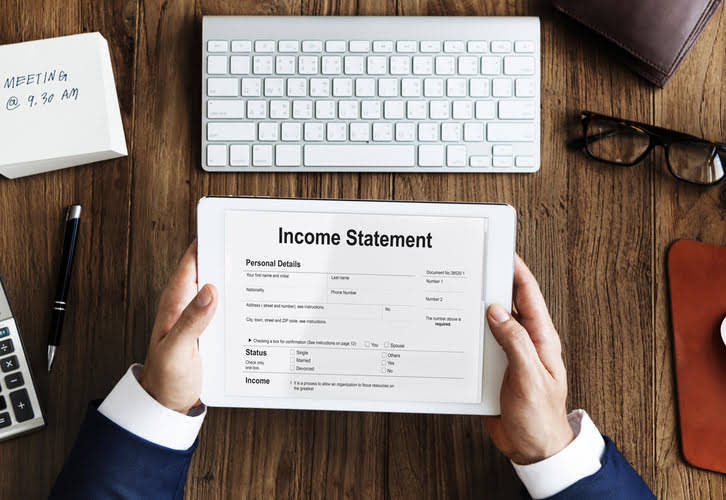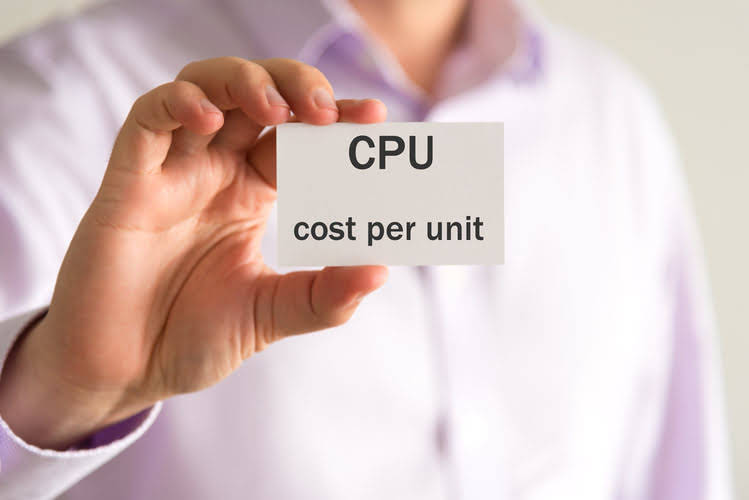Accounting for Retention Receivable & Payable: A Contractors Guide

Project owners needed to ensure quality work before shelling out more cash. If you’re an honest and hard-working contractor, though, this can all seem quite unfair. How you reconcile payment and revenue will depend on the terms of your contract. This is because retainage percentages can be fixed (remaining unchanged throughout the job) or variable (sequentially declining retainage in construction in size or even eliminated once the job hits substantial completion or specific milestones). Some contractors include retainage as a cost in their bid, which increases the cost to clients and prompts some of them to reduce or eliminate retainage altogether. The client pays the contractor $3.8 million to do the work and holds onto $200,000 for retainage.
Familiarize yourself with federal and state laws on retainage
Construction management software can do plenty of other things for your business as well, like provide you with a construction daily report, organize blueprints, and keep track of bids. If you have any questions or concerns, it’s critical to address them before signing a new contract. Don’t hesitate to clarify things with your legal department or a qualified https://www.bookstime.com/ construction law attorney – you’ll thank yourself later. Retainage in a construction project can be either fixed or variable. When you have a detailed record of the project, you can easily prove that your work was done correctly and within contract terms to receive your retainage fee. Retainage is a common practice in many states across the United States.
Do I Have to Sign a Lien Waiver to Get Paid?

The legal translation of that is, the Contracting Officer has complete discretion to decide whether or not to withhold retainage based on their assessment of past performance and likelihood of continuing performance. With access to private, hard-to-find projects, you can connect with architects and owners on projects still in the pre-design and design stages. In most states, retention is mandated on certain projects by state law. In addition, the law often caps the amount that can be withheld on projects in that state. When a contractor starts a job with a retainage clause, they know they won’t get 100% of the agreed-upon money immediately away. This affects how businesses handle their finances and interpersonal connections.

The pitfalls of not recording retention
However, in most cases, including the retainage withheld in the lien claim is the wise move. Nevertheless, the bottom line here is that Retainage can almost always be included in a lien claim…long before the withheld funds are ever actually due. According to a 2004 report published by the American Subcontractors Association, the majority of subcontractors believe that “[prime] contractor abuse of their retainage” is a widespread problem. The federal government’s policy on retainage states that funds shall not be retained “without cause,” and should be determined on a “case-by-case” basis.
- If your company is using QuickBooks, read up on recording retention receivable in QuickBooks.
- It can significantly impact the financial standing of contractors, especially when working on projects with a small profit margin.
- To calculate your expected holdback, simply multiply the scheduled payment amount by the retainage rate.
- One way to safeguard yourself from this risk is to take the time to understand your local and state laws pertaining to retainage.
- Even at the lower end, this can be a sizable chunk of money, especially for new businesses and smaller contractors who might not have the resources and cash reserves to easily overcome this impact to their cash flow.
What’s the Difference Between Retainage and Retention?

This can help guarantee you have extra money available when you need it, such as when clients try to withhold funds after completing a job. Having competent accounting software in your business toolset can make a big difference when it comes to retainage and other financial management. You may track spending, income, and cash flow with QuickBooks Online and get precise financial information about your company. Despite its reputation as a “necessary evil,” retainage has remained a form of leverage for over a century is a testament to its effectiveness. It has been questioned and amended numerous times, and different ideas have been proposed as alternatives even today. However, most alternative solutions aim to alleviate the alleged cash flow disruption caused by withheld resources by effectively eliminating the financial incentive for project completion.
- As the project progresses, the retainage percentage affects the payment schedule.
- Simplify payroll management and generate payslips in minutes for your employees.
- Contractors must weigh whether to use a mechanics lien to protect their payment rights.
- You can also look into subcontractor performance bonds or retainage bonds as a unique alternative to traditional retainage.
- Let’s assume the contract price is $20,000 and you’re submitting a pay app after completing 25% of the contract.
- Failing to properly account for (or follow up to collect) 5-10% of the contract price can spell financial disaster.

- Since limitations and requirements can vary significantly, you may want to get legal advice if retainage seems excessive.
- The federal government’s policy on retainage states that funds shall not be retained “without cause,” and should be determined on a “case-by-case” basis.
- In certain situations, you may need to seek financing options to meet your cash needs.
- Simply put, retainage reduces the amount of cash coming in on each payment limiting the amount of working capital you have to purchase materials, schedule full crews, and cover various costs.
- Some states have prompt payment laws that regulate how much can be withheld from contractors, while other states don’t.
- The timing of that inspection depends in part on factors (such as the inspector’s availability) that are outside of the contractor’s control.
- The Ascent, a Motley Fool service, does not cover all offers on the market.
When is retainage paid on a construction project?















